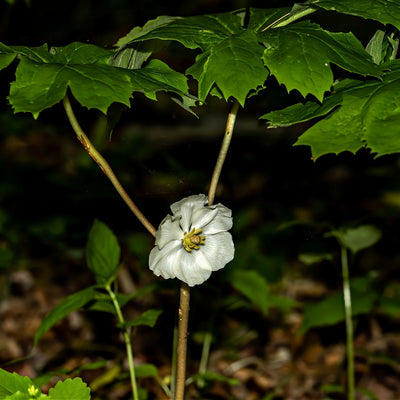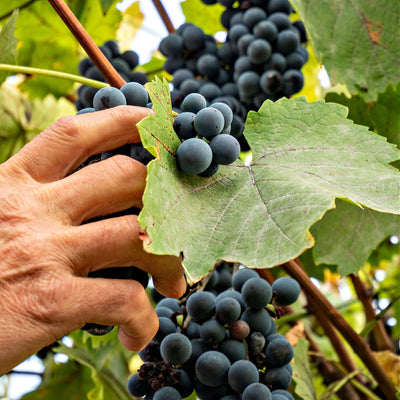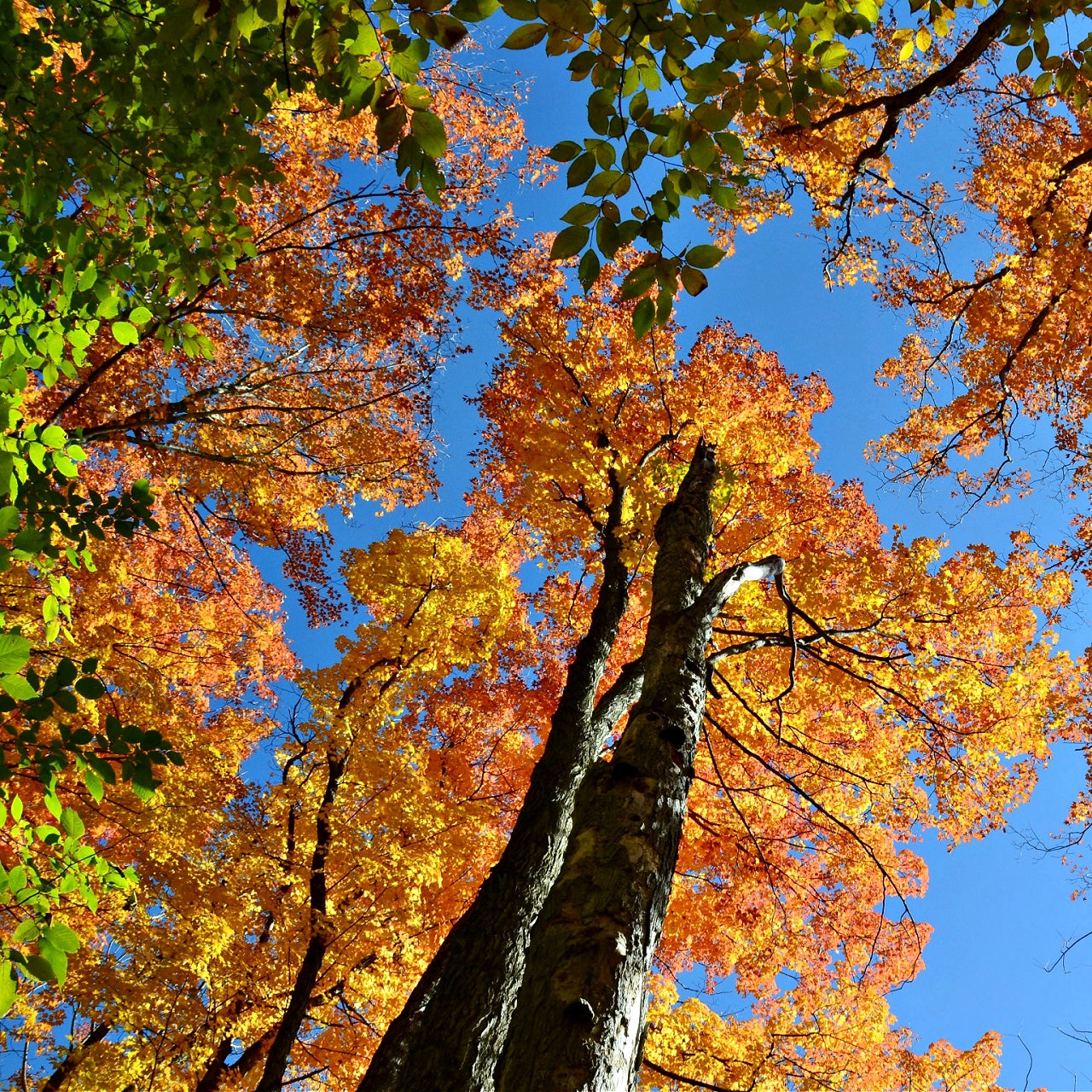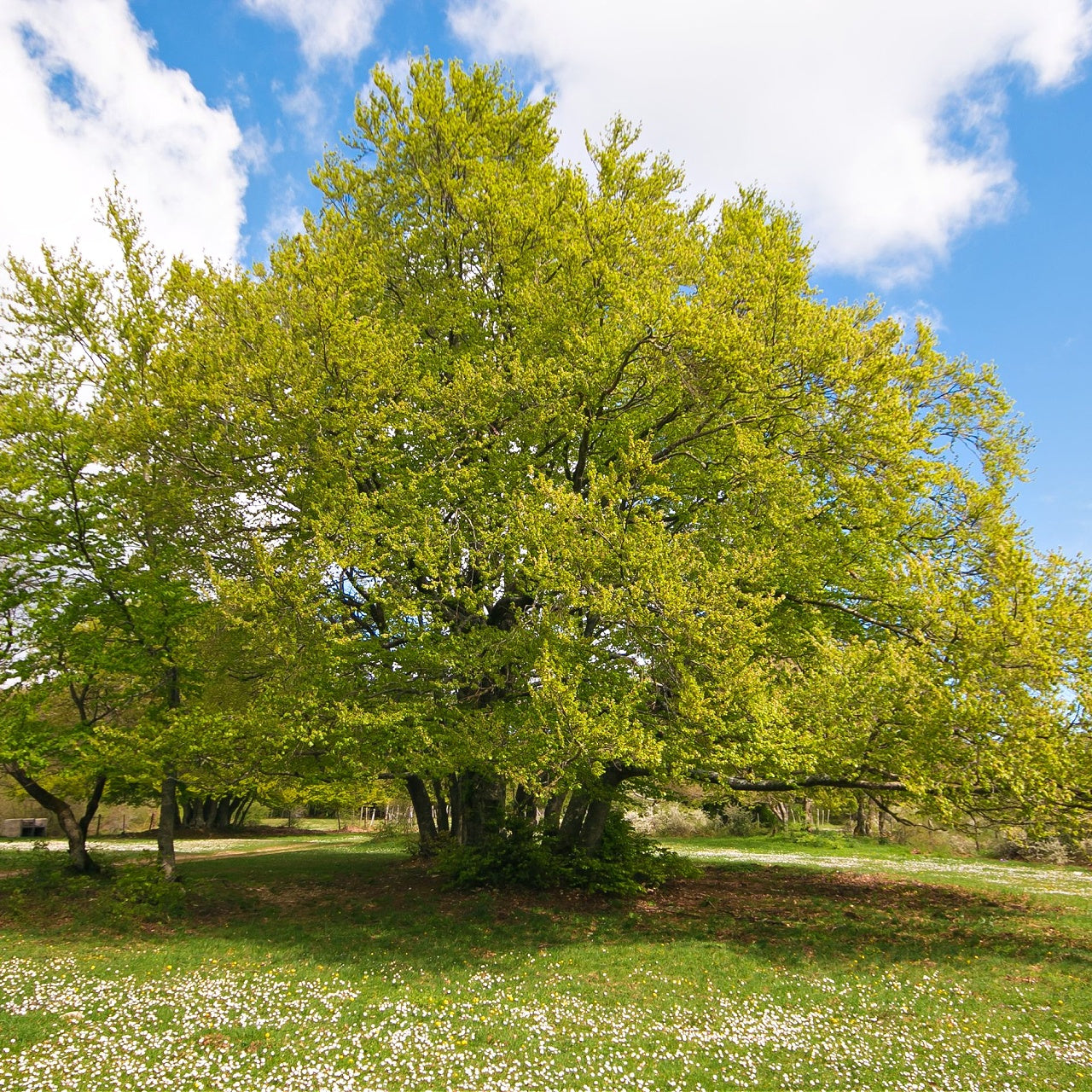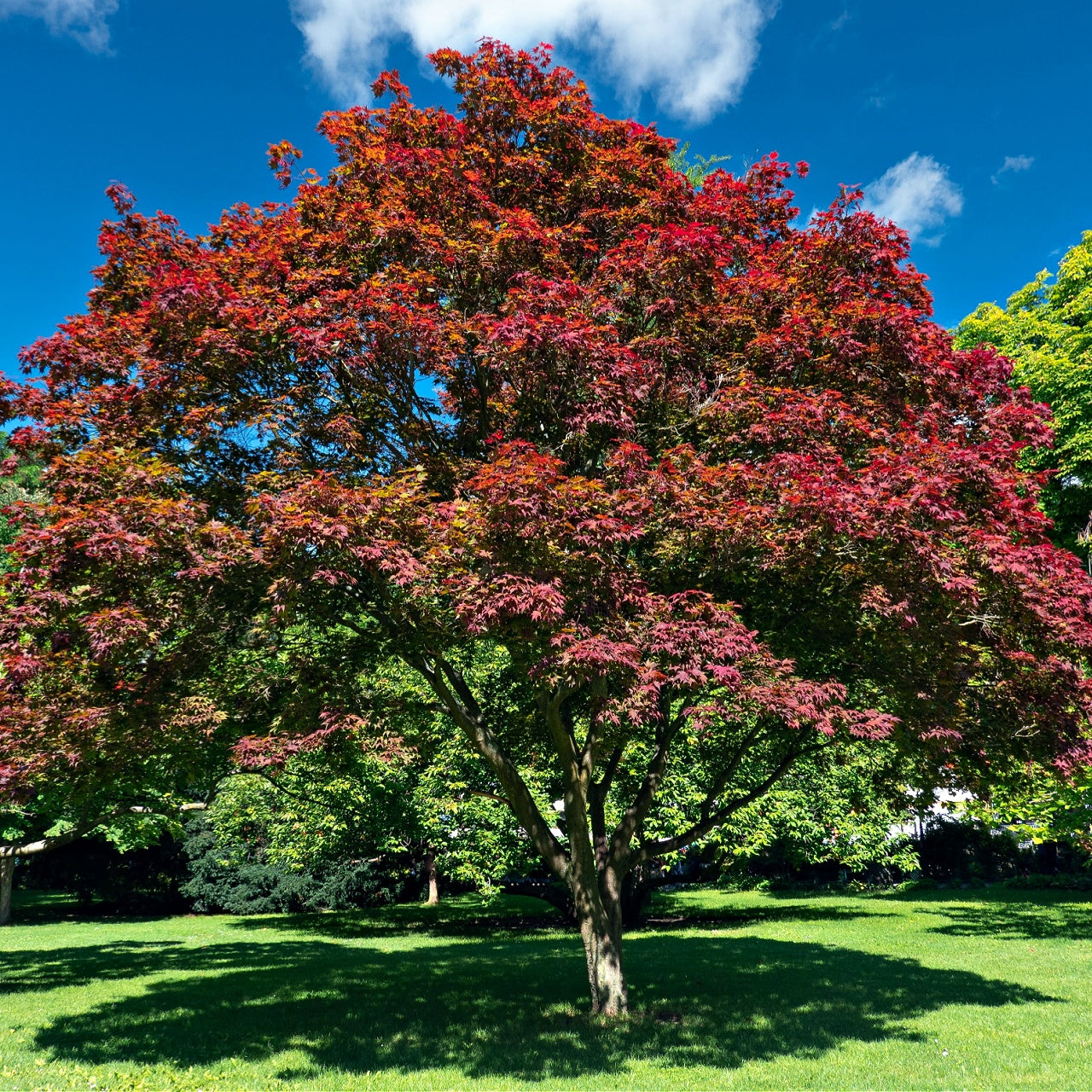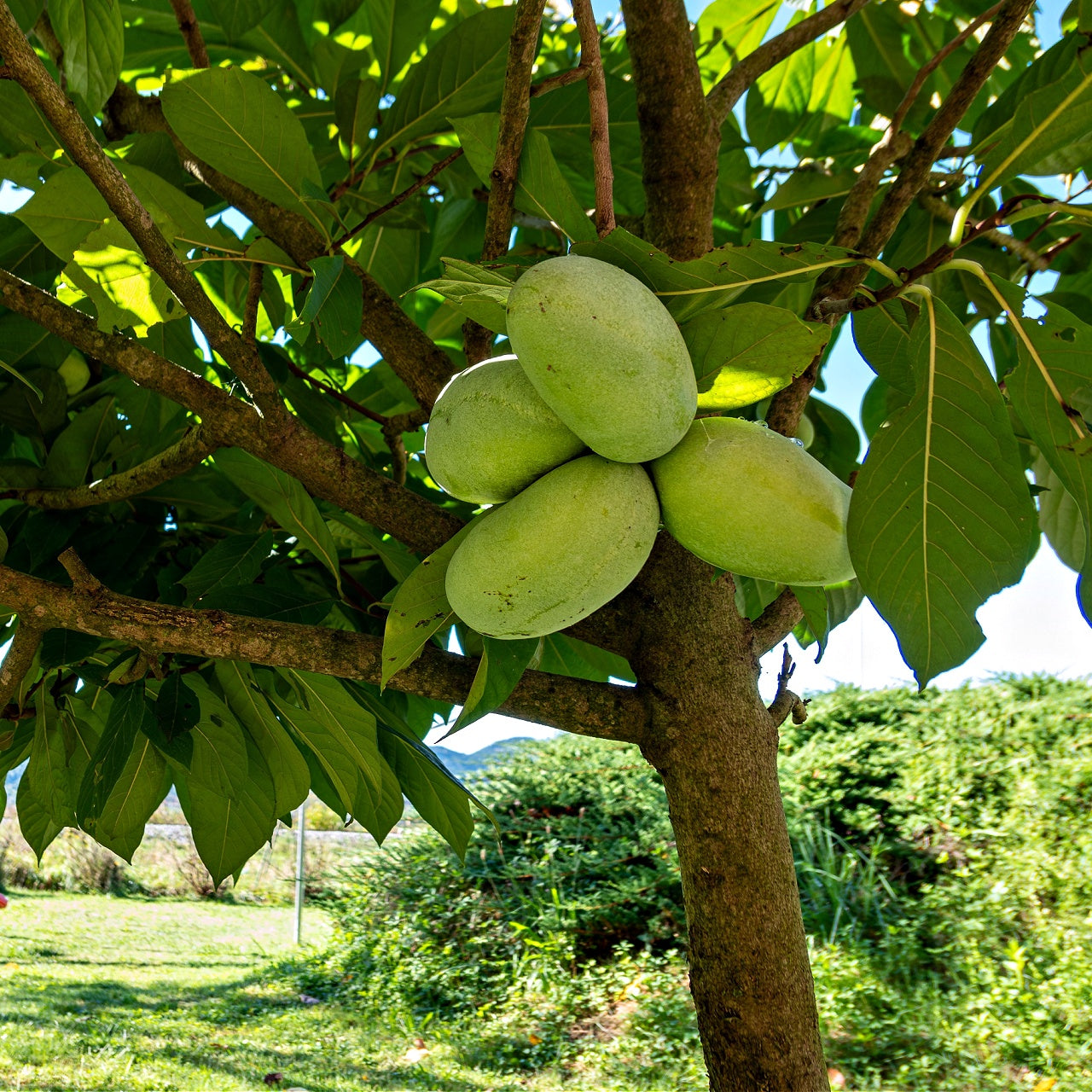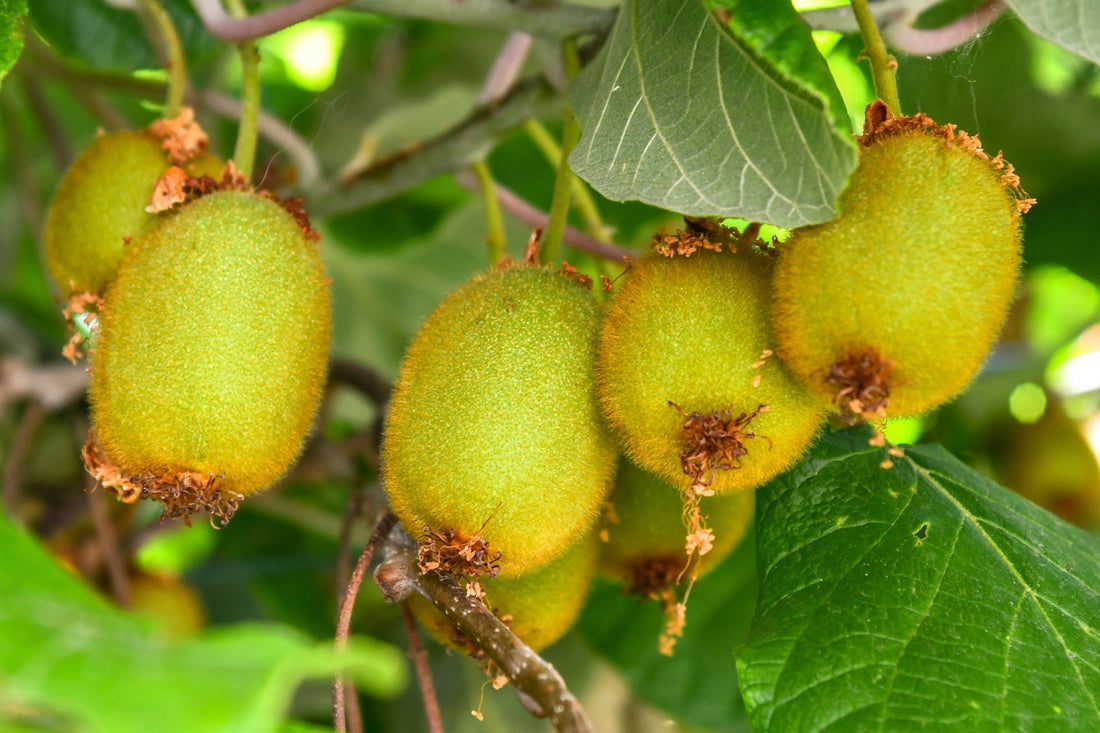
Fruits That Grow on Vines
Fruits That Grow on Vines
Gardeners benefit from vining fruits because they maximize vertical space and yield plentiful harvests. Fruiting vines differ from trees and shrubs because they climb and spread across surfaces, which makes them perfect for growing on trellises, arbors, and fences. The fruit-bearing vines of many native plants play a crucial role in local ecosystems by drawing in pollinators and offering nutritional support to wildlife. These indigenous fruit-bearing vines survive better in natural settings because they need minimal upkeep and don't rely heavily on fertilizers or pesticides.
The wild passionflower, the Maypop (Passiflora incarnata), is one of North America's most recognized native fruiting vines. This native perennial plant features beautiful purple flowers that lead to the development of edible fruit. People enjoy the fruit's sweet and tangy taste, which echoes tropical passionfruit and can use it fresh or in both jams and desserts. The Maypop plant functions as a host plant for Gulf fritillary butterflies while providing both ecological benefits and culinary uses. Its capacity to grow well in nutrient-deficient soils and its drought resistance make it a prime choice for native gardens. It is also close kin to may apple.
The Muscadine grape (Vitis rotundifolia) represents a native fruit species that grows on climbing vines. Muscadines thrive in the southeastern United States' hot and humid climates, which traditional European grape varieties cannot handle. The vigorous vines produce dark purple or bronze grapes with thick skins, high antioxidant content, and a distinct musky sweetness. People consume these grapes fresh, while others use them to produce wine or process them into jellies and juices. Wildlife benefits from mushrooms, which offer food to birds and mammals while functioning as great shade plants grown in arbors.
Native Vine Fruits for Pollinators and Wildlife
Fruiting vines function as human food sources and essential sustenance for pollinators and wildlife in their local environments. Wild cucumber (Echinocystis lobata) produces fruit that humans cannot eat, yet is a crucial resource for pollinators. These small white flowers emit a fragrance that attracts both bees and butterflies, thereby supporting biodiversity. Tiny gourd-like green fruits with spikes open to scatter seeds, which then propagate on their own.
The native grapevine Vitis riparia grows throughout North America because it resists cold temperatures. Birds, deer, and other wildlife eat the small tart grapes of this plant, and its robust growth offers nesting birds effective cover. The fruit is well suited for making wine and preserves but presents a much stronger tartness compared to domesticated grape varieties. Wild grapevine leaves are edible components of traditional stuffed grapeleaf dishes.
The American bittersweet (Celastrus scandens) is another native fruiting vine found throughout North America. Although humans cannot eat its bright orange berries, they provide essential nutrition for birds during winter. The twisting vines bring beauty to gardens with their decorative appearance when berries stand out against fading leaves in the fall. Gardeners must exercise caution to avoid mistaking this plant for the aggressive invasive Oriental bittersweet (Celastrus orbiculatus), which threatens native species.
The native groundnut (Apios americana) vine produces edible tubers and seed-filled pods as it climbs perennially across its growing habitat. Although the pods of this plant look like beans, Indigenous peoples have historically valued the starchy tubers as their primary nutritious food. The vine becomes a beneficial asset to edible and ecological landscapes because its pinkish-purple flowers draw in pollinators.
Edible and Medicinal Vine Fruits for Home Gardens
Various native fruiting vines have historical uses as food sources and medicinal remedies. Amphicarpaea bracteata, also known as hog peanut, generates nitrogen-fixing abilities while producing underground seeds and small edible pods. Indigenous peoples foraged the underground seeds, which possess a nutty flavor known as "peanut-like." In woodland habitats, this vine excels and enhances native plant gardens by boosting soil quality.
The Carolina moonseed (Cocculus carolinus) bears small red berries that humans cannot eat yet, and wildlife finds them valuable. This vine grows best along forest boundaries and stream margins, where it acts as natural erosion prevention while promoting ecological diversity. This plant grows in winding patterns, which makes it suitable for covering trellises and fences in native gardens.
The Virginia creeper (Parthenocissus quinquefolia) does not gain cultivation for its fruit production, yet it bears deep blue berries that attract birds. The Virginia creeper offers protection for small creatures through its rapid growth, while its vibrant red autumn leaves make it popular in decorative garden settings. The Virginia creeper thrives alongside native plants in natural environments, which helps maintain ecosystem balance, unlike invasive vines that harm native flora.
Fruiting vines are essential in both natural and cultivated areas because they offer sustenance and shelter while enhancing visual appeal. Maypop, Muscadine grapes, wild grapes, and groundnuts require little care yet promote biodiversity. Home gardeners who integrate these plants into their gardens will develop sustainable environments that benefit both people and wildlife.
Products from the Article
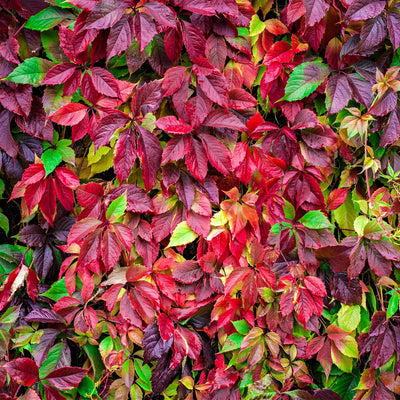
Virginia Creeper



